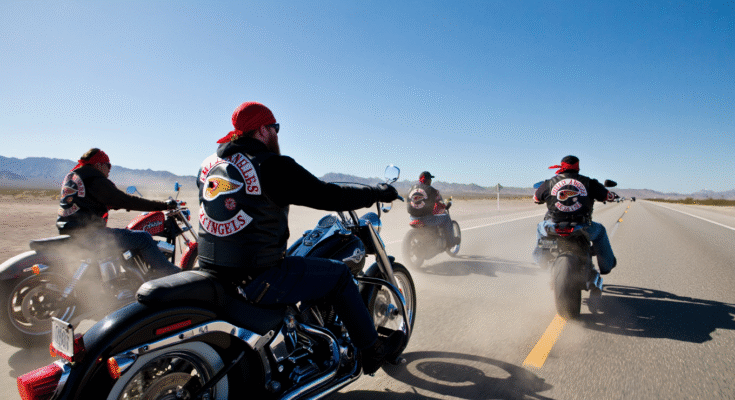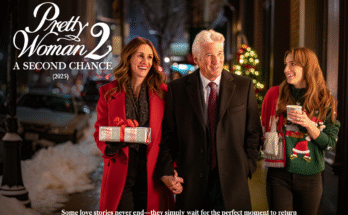Cult classics are dangerous territory for sequels. They’re lightning in a bottle, raw artifacts of their time that resist reinvention. Yet Hells Angels on Wheels 2 (2025) dares to return to the open road nearly six decades after the original, and in doing so, it delivers a bold meditation on freedom, loyalty, and the toll of outlaw living. What could have been a hollow nostalgia trip instead emerges as a gritty, unapologetic revival of biker cinema, anchored once again by the magnetic presence of Jack Nicholson.
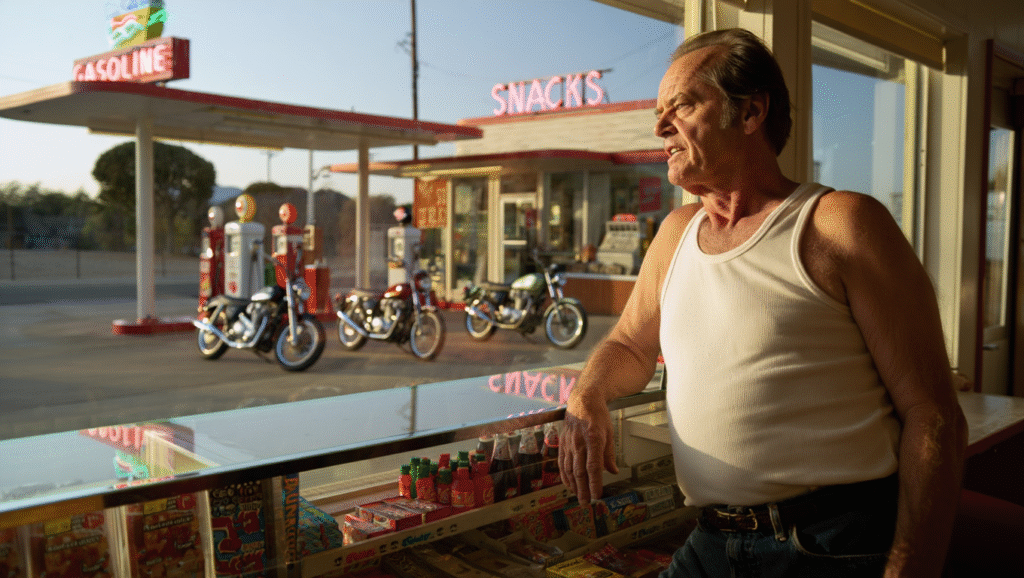
The film begins not with glamor but with ghosts. Nicholson’s Poet, grizzled and battle-worn, carries the scars of a life spent chasing rebellion. This is no longer the wide-eyed gas station attendant seduced by the roar of engines and the lure of brotherhood; this is a man reckoning with what it all cost. The opening scenes — Poet riding alone across desolate highways, his bike echoing like a heartbeat in the night — set the tone: elegiac, dangerous, and unflinchingly honest.
Adam Roarke returns in spirit as the archetype of the ruthless leader, his legacy looming over the gang that still bears his influence. In this sequel, the Angels are fractured, torn between honoring their anarchic roots and grappling with the modern world’s encroachment. It is this tension that pulls Poet back into the fold — not as an initiate this time, but as a reluctant elder statesman, both revered and resented.
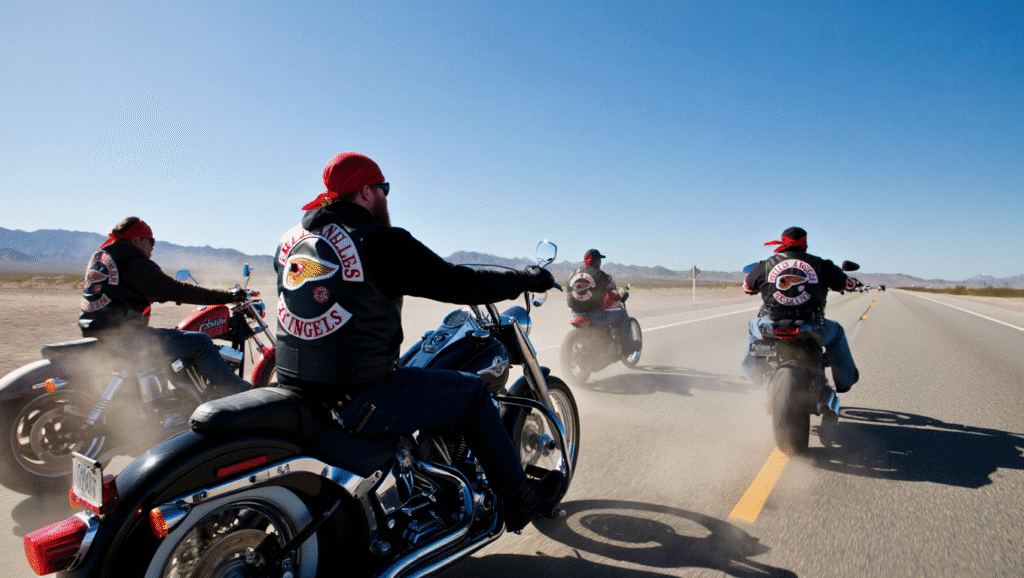
Sabrina Scharf, reprising her role with striking gravitas, becomes the bridge between past and present. No longer just the dangerous muse of Poet’s downfall, she embodies resilience and survival, a woman who has lived through the chaos and emerged scarred but unbroken. Her presence is electric, grounding the film’s violence with quiet humanity. The chemistry between her and Nicholson is less lustful this time and more haunted, two survivors bound by the memories of lives burned too brightly.
The film does not shy away from its themes of corruption and decay. Wild parties, once symbols of liberation, now curdle into grotesque displays of excess. Brotherhood collapses under the weight of paranoia and betrayal. Freedom, once synonymous with open roads and roaring engines, reveals itself as a mirage that leaves nothing but emptiness in its wake. The screenplay leans heavily into these contradictions, portraying outlaw culture not as glamorous but as a relentless cycle of seduction and destruction.
Director Jeff Nichols brings a tactile, almost documentary-like realism to the sequel, echoing the grit of the original while adding a modern cinematic polish. Long takes of dusty highways, brutal fight sequences lit only by neon and firelight, and intimate close-ups of faces weathered by time all contribute to the sense that we are not watching actors but people whose lives have been carved by the road.
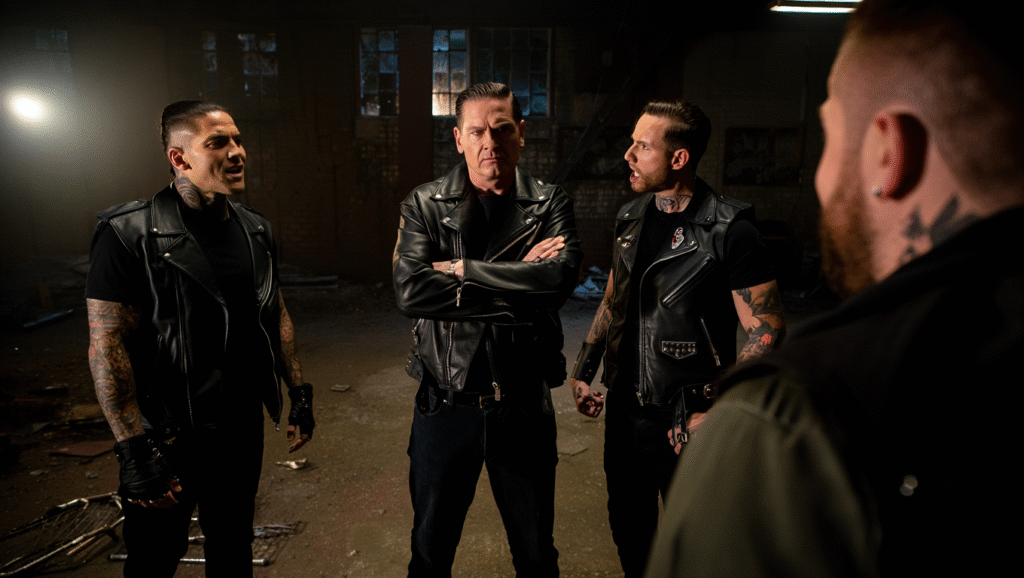
Nicholson’s performance is nothing short of revelatory. At eighty-seven, he commands the screen with a gravitas that younger actors could only dream of. His Poet is a man at war with himself, torn between the nostalgia of the ride and the knowledge that every mile brings him closer to oblivion. It’s a performance steeped in weariness and rage, an elegy for the rebels of his generation.
The supporting cast injects fresh energy into the story, with younger bikers who idolize Poet even as they challenge his authority. Their recklessness mirrors his own youth, creating a mirror that forces him to confront the mistakes he once romanticized. These intergenerational clashes are some of the film’s most compelling moments, as the cycle of rebellion threatens to repeat itself in blood.
What’s most impressive is the film’s refusal to sanitize or glorify. Violence is depicted with raw brutality, not stylized cool. The consequences are permanent, scarring both body and soul. This honesty gives the film its power, distinguishing it from watered-down modern portrayals of outlaw culture. It is as much a critique as it is a continuation, a story about the cost of chasing freedom at all costs.
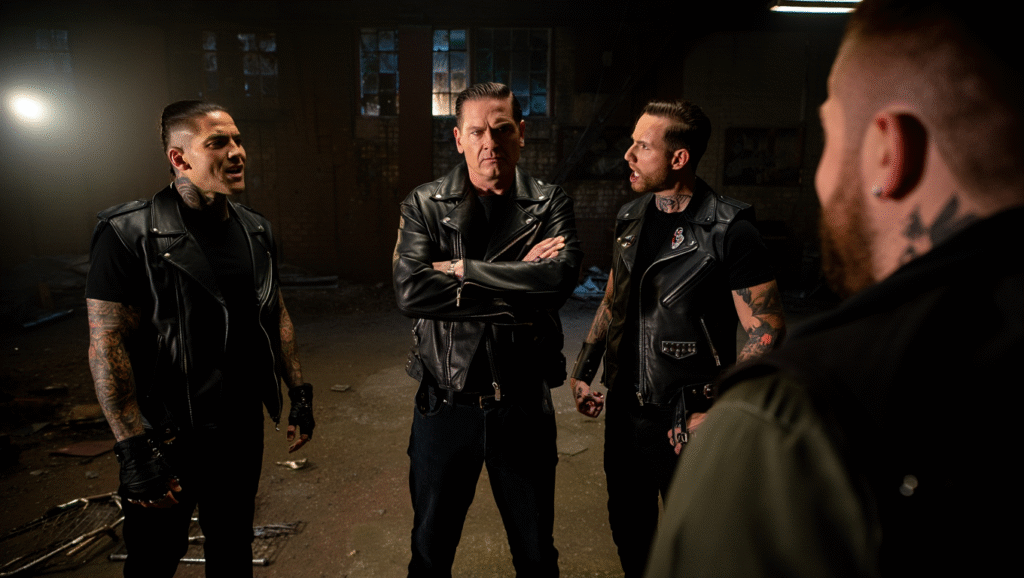
Cinematically, the sound design deserves special mention. Engines roar like beasts, chains clatter with menace, and silence stretches like a knife waiting to drop. The soundtrack mixes classic biker rock with atmospheric, mournful tones, reinforcing the film’s dual nature as both a thrill ride and a lament.
By its conclusion, Hells Angels on Wheels 2 (2025) has done more than resurrect a cult favorite — it has redefined it. This is not a film about rebellion’s allure but about its aftermath, about what happens when the fire fades and all that’s left is ash. Nicholson, Roarke, and Scharf ensure the film resonates as both a continuation of history and a stark reminder of its consequences.
